|
Helen Waltman Caldwell, the great - granddaughter of Benjamin Howell.
When Helen was in her 90’s she was a volunteer for school fieldtrips at Semmes Heritage Park. She demonstrated crochet, basket weaving and shared her memories. Helen’s mother was Rosetta Howell Waltman. Rosetta was the daughter of Thomas Jefferson Howell. She attended Barton Academy in Mobile, boarding in Mobile during the week and coming home on the week-end. Rosette became the teacher of Allentown school which was located near where Big Creek Lake is today. Marrying Forney Waltman, their marriage had to be kept a secret until the school ended, because Alabama did not permit women teachers to be married. Yesteryears remembered -Helen Waltman Caldwell Phillip Howell Sr. was a descendent of three Howell brothers that migrated from England in 1805 to Long Island. Benjamin Howell was born to Philip Howell Sr. in Savannah, Georgia in 1808. When Benjamin was age four, the family moved to the Mississippi Territory, (Pascagoula, Mississippi.) At the time a passport was required to enter the territory. Benjamin, as a young man, came to Semmes before you could homestead and bought 1,000 acres of land (with gold bullion) for 50 cents an acre. According to BLM records Benjamin purchased land in 1843, 1845, and homesteaded land in 1877, 1898. The son of Benjamin, Thomas Jefferson Howell, according to BLM records, purchased land in 1860, 1888 and homesteaded land in 1884. Thomas gave land in 1902 to build a new school and church near the new center of town, close to the railroad. This property today is known as Semmes Heritage Park. The first public school in Semmes was a log cabin on the townships sixteenth section of land which was also used as a meeting house for the first church in Semmes, Mt. Pleasant. To protect the property for educational purposes, he stipulated in the deed that a school always remain on the property or the land would revert back to the Howell family. The Howell family had a saw mill and sold timber they harvested from their property. Logging was done by hand and ox carts were used to bring the timber to a dummy railroad. A dummy railroad was a short rail track which was laid to the woods from the saw mill and main train track. The name dummy was used meaning it was not the main railroad. Timber was moved to the saw mill to make lumber. The lumber was moved to the train main line to the Port of Mobile where it was put on ships and sent all over the world. Helen’s grandfather told her that some of his lumber was shipped to England for the building of a dance floor. Another industry in Semmes was the making of charcoal that was sold in Mobile. Charcoal was made from post oak trees. The trees were cut, stacked pyramid style, covered with dirt, and set to burning. The result was charcoal that was used in a charcoal stove and fireplaces. Semmes was a thriving community that had a hotel, blacksmith shop, country store and a train station. The Rebel train was a passenger Train that stopped in Semmes, coming in the morning from Mississippi,going to the loop and returning in the evening. There was one citizen of Semmes that had appointed himself the guardian of Semmes that went to the train station everyday to inspect the passengers that got off the train; If he did not like the way they looked, he would tell them to get back on the train and keep going. Indians were friendly and there was an Indian trail close to the present day Allentown Cemetery. Once a year, the Indians would travel down the trail to the sea to get salt. On the way down to the sea the Indians would borrow pots from the settlers to boil the sea water to get the salt. For the use of the pots on their return trip, the pots were returned and salt was given for the payment for their use. The salt looked brown and dirty but was good salt. Allentown once had a church, school, store and blacksmith shop. All that is left today is the Allentown Cemetery. The first person to be buried in Allentown Cemetery was a man travelling by who took sick and died. No one even knew his name. America, a melting pot of many cultures, has many different folk sayings. These spoken phrases were used to educate, to teach behavior and pass wisdom down from one generation to the next. I remember when I was very young and asked my father could I go to a friend's house to play and he answered "not enough to tell it," ( No! ) Another saying used in my family was when food was about to spoil, "that is about to go off." Here are a few of folk sayings. You may be surprised at how many you have heard and some are still used today.
|
SemmesPreserving our History Archives
November 2023
|
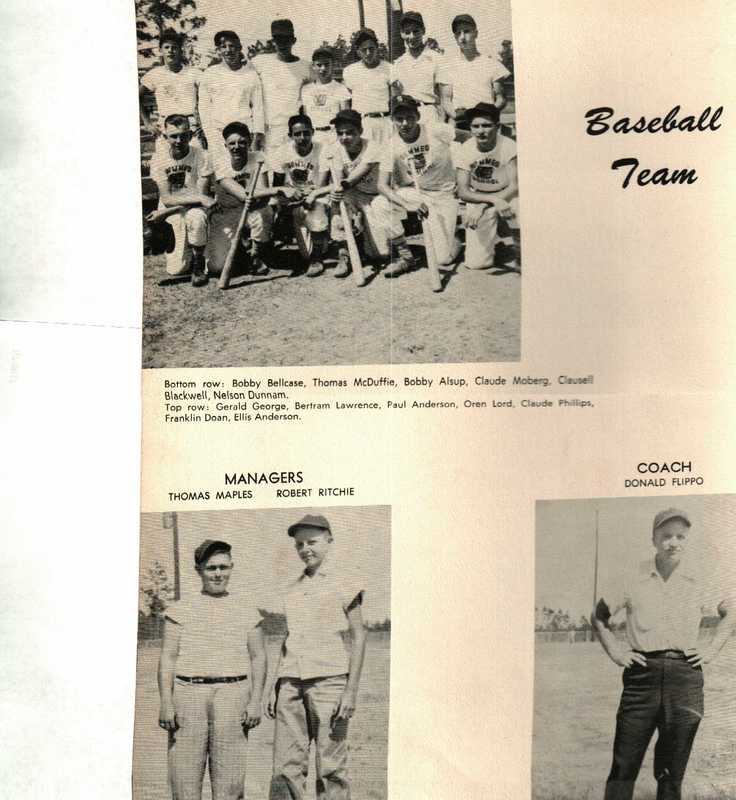

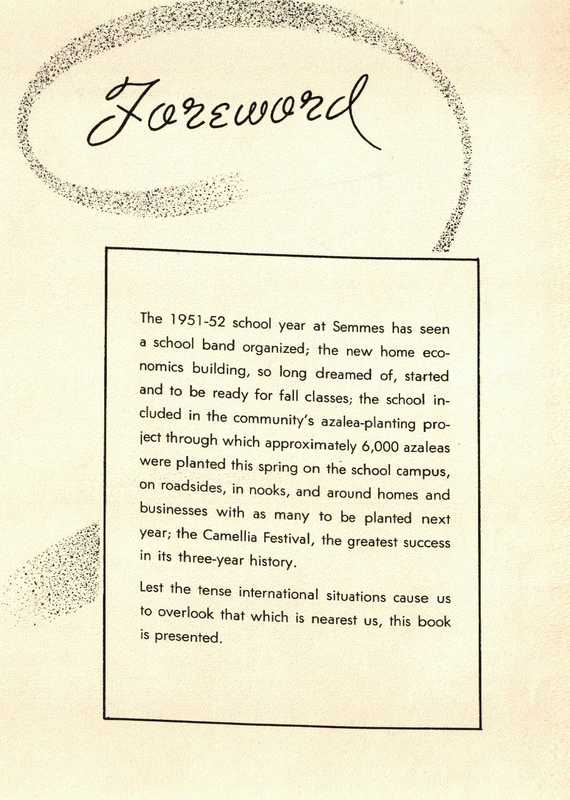
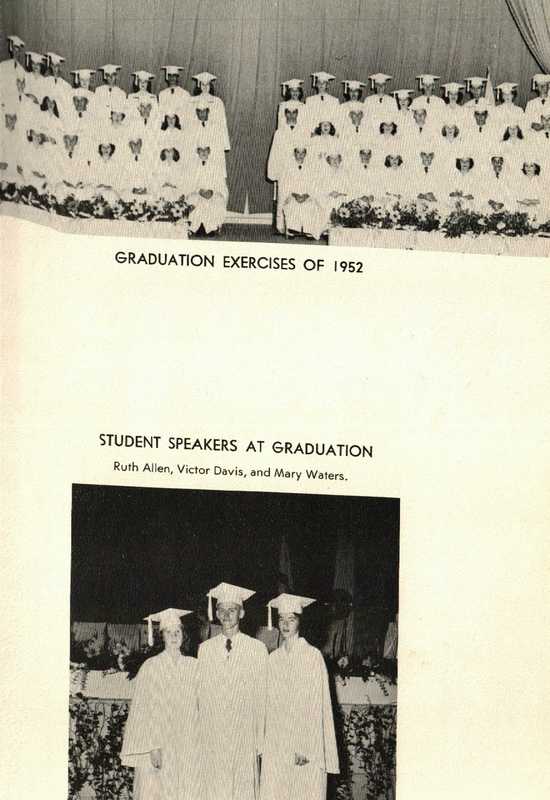
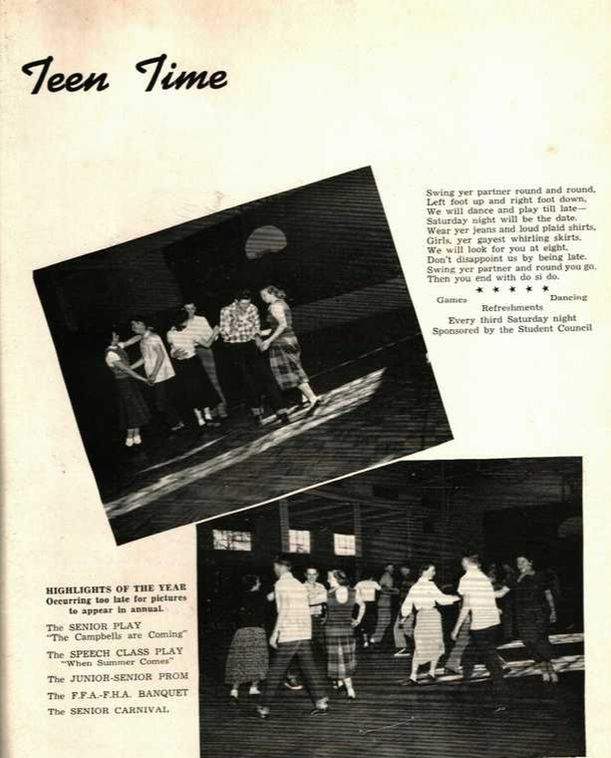
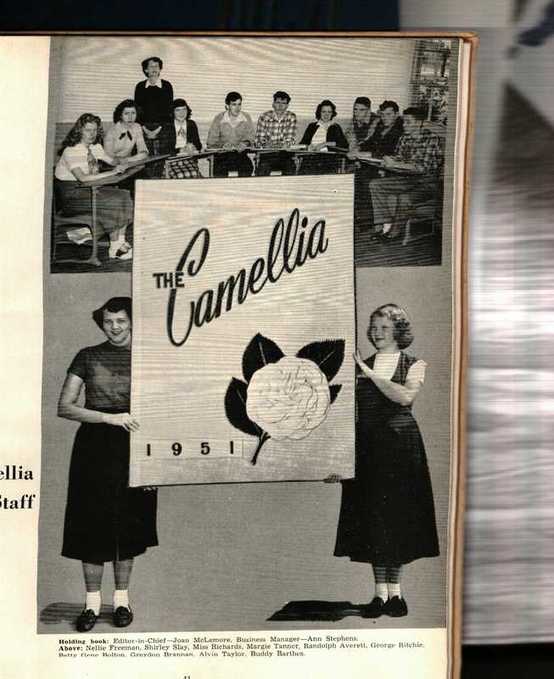
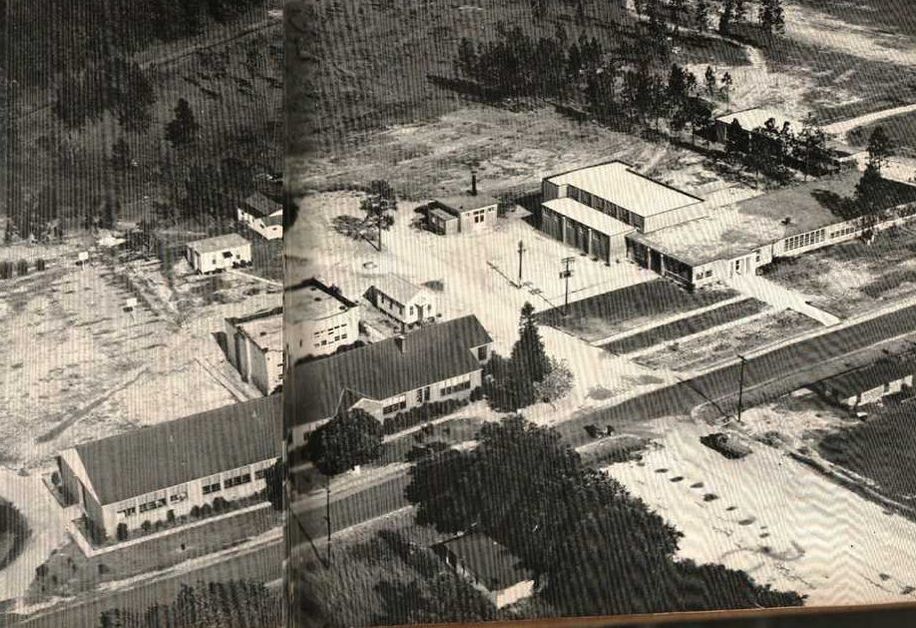

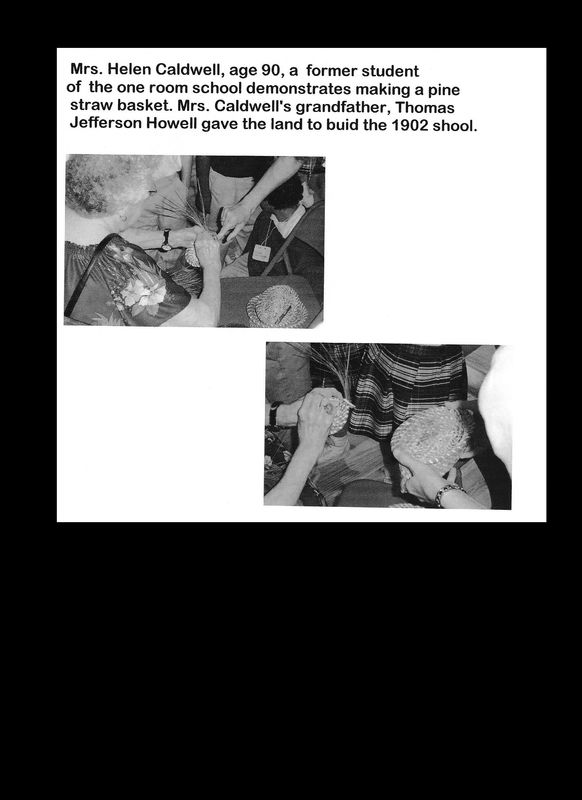

 RSS Feed
RSS Feed